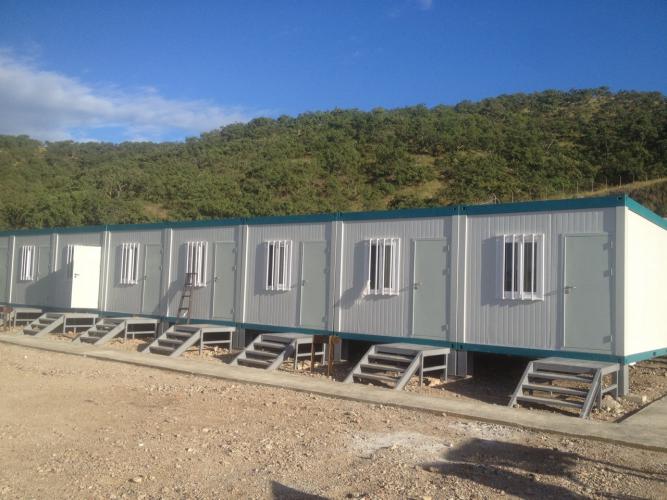When evaluating housing solutions for large-scale engineering projects, remote worksites, or permanent residential construction, one critical question emerges: Are prefab houses safe? The answer is an unequivocal yes—modern prefabricated houses are not only safe but often exceed the safety standards of traditional site-built construction. Backed by rigorous engineering, factory-controlled quality processes, and extensive real-world performance data, prefab houses from manufacturers like Chengdong Modular House deliver exceptional safety across structural integrity, fire resistance, seismic performance, and extreme weather resilience.
Understanding Prefab House Safety Standards
Prefab houses meet or exceed the same building codes and safety regulations as traditional construction. This fundamental equivalence ensures that prefabricated structures undergo identical scrutiny regarding structural loads, fire safety, electrical systems, and material specifications.
Chengdong Modular House holds multiple international certifications that validate safety compliance. CE certification (EN 1090-1:2009+A1:2011 and EN 10025-1:2004) confirms European conformity for steel structure products, while CSA W47.1 Division 3 certification authorizes manufacturing for the demanding Canadian market. AWS-certified welding inspectors ensure every connection meets exacting standards, eliminating weak points that could compromise structural safety.
Unlike traditional construction sites where inconsistent workmanship introduces variables, factory production subjects every component to systematic quality control. Dimensional tolerances within 2mm precision—five times tighter than typical site casting—eliminate stress concentrations that lead to structural failure. This manufacturing rigor translates directly into superior safety performance.
Structural Safety: Engineering Built to Last
Prefab houses are engineered for exceptional structural integrity, often surpassing traditional builds in critical safety metrics.
Wind Resistance Performance
Chengdong's ZA-type prefab houses withstand Category 11 winds (89-102 mph) under standard configuration. With specialized reinforcement treatments, structural capacity extends to Category 17 hurricane conditions (136-157 mph)—performance validated through projects in hurricane-prone Caribbean and Indian Ocean regions.
During Hurricane Irene (Category 3), Chengdong prefab structures in tropical zones demonstrated zero catastrophic failures, while many traditional buildings in the same areas suffered roof loss and structural collapse. The difference lies in hot-dip galvanized steel framing that flexes under extreme wind loads without fracturing, combined with aerodynamic roof designs that minimize uplift pressure.
Seismic Resilience
Steel's high strength-to-weight ratio makes prefab houses inherently earthquake-resistant. Lighter structures experience reduced inertial forces during seismic events—the dynamic loads attempting to displace a building are directly proportional to its mass. A steel-framed prefab house experiences significantly less force than a heavier concrete structure of equivalent size.
Ductility—steel's ability to deform plastically without fracturing—enables prefab structures to absorb and dissipate earthquake energy. When seismic waves strike, steel members bend and flex rather than cracking catastrophically like unreinforced masonry. This behavior was validated during Japan's 2018 Hokkaido earthquake (6.7 magnitude), where a Chengdong prefab hospital remained fully operational while a nearby conventional building suffered collapsed ceilings and cracked load-bearing walls.
Chengdong structures designed for seismic zones incorporate moment-resisting frames and braced connections that distribute loads uniformly, eliminating stress concentrations at joints. Projects like the Nepal Healthcare Hospital and Chile's El Teniente mining camp demonstrate successful deployment in highly seismically active regions.
Snow Load Capacity
For cold-climate deployments, snow accumulation represents a critical design consideration. Chengdong prefab houses are engineered for roof live loads of 0.5 kN/m², with customizable reinforcement for extreme conditions. The Kazakhstan Astana Light Railway project, serving 3,000 workers in temperatures reaching -52°C, utilized 150mm rock wool insulation and reinforced steel framing to support heavy snow loads without structural compromise.
Fire Safety: Comprehensive Protection Systems
Are prefab houses fireproof? While no structure is entirely fireproof, Chengdong prefab houses achieve exceptional fire resistance through engineered material selection and design features.
Fire-Rated Materials
Rock wool composite wall panels—the core insulation material in Chengdong structures—have passed rigorous 2-hour fire resistance testing certified by Intertek. Both 75mm and 100mm thick panels maintain structural integrity when exposed to temperatures exceeding 1,500°C (2,732°F), preventing flame spread and providing critical evacuation time.
The Corten steel structural shell used in container houses has a melting point of approximately 1,500°C, offering foundational fire resistance far superior to wood-framed construction. When combined with Class A fire-resistant glass wool insulation and fire-retardant coatings applied to steel frames, the complete system achieves fire ratings meeting international standards including ASTM E119, BS 476, and EN 13501-1.
Design Features Enhancing Fire Safety
The Tanzania Gas Pipeline Camp project addressed kitchen fire risks by retrofitting EPS-insulated walls with a composite system: light steel keel, glass wool insulation, and calcium silicate board surfacing. This combination created a fire-resistant barrier exceeding most international fire-safety standards while maintaining structural performance.
Fire extinguisher deployment follows systematic protocols. The Abidjan Port Expansion Camp installed two 4kg ABC dry powder fire extinguishers per 60 m² of building area, with additional units at high-risk locations like kitchens and warehouses. Single-story layouts with minimum 8-meter separation distances between buildings ensure fire truck access and prevent flame spread.
Extreme Weather Durability: Proven in the Harshest Environments
Prefab houses excel in extreme weather conditions where traditional construction often fails—a capability validated across diverse global deployments.
Corrosion Resistance in Coastal Zones
Hot-dip galvanized steel structures provide 20-50 years of anti-corrosion protection, even in high-humidity coastal environments. The Somalia Temporary Buildings project and Tanzania Gas Pipeline Camp both utilized fully galvanized elevated floor systems (300mm overhead height) combined with hot-dip galvanized steel frames, ensuring moisture ventilation and preventing rust degradation.
The galvanization process creates a protective zinc coating that prevents oxidation, validated through accelerated aging tests simulating 50 years of UV exposure, temperature fluctuations, and moisture cycles with pass criteria 20% stricter than building codes.
Temperature Extremes
From desert heat to Arctic cold, Chengdong prefab houses maintain habitability through advanced insulation systems. The Kazakhstan project operated at -52°C with 150mm rock wool insulation, triple-layer hollow glass windows, and reinforced steel framing, supporting 3,000 workers across 18,041 m² without heating system failure.
Conversely, projects in African Sahel regions and Middle Eastern oil fields demonstrate thermal performance in temperatures exceeding 45°C, utilizing reflective roofing panels and polyurethane sandwich construction (R-value up to 3.5 W/m²·K) to reduce cooling loads by approximately 40% compared to conventional buildings.
Flood Resistance
Elevated foundation systems—a standard Chengdong design feature—protect against flooding and storm surges. The 300mm overhead gap beneath Tanzania camp structures enabled smooth ventilation while preventing ground moisture infiltration during seasonal flooding, maintaining dry interior conditions without additional waterproofing.
Factory Quality Control: Safety Through Precision
The safety advantage of prefab houses begins in controlled factory environments where traditional construction site hazards are eliminated.
Factory production reduces on-site construction risks dramatically. Occupational health data shows prefab projects report 75% fewer lost-time accidents than traditional sites, with fall incidents—the leading cause of construction fatalities—reduced by 85%.
Every Chengdong component undergoes triple-layer inspection: non-destructive testing (ultrasonic verification of weld integrity), load-bearing tests at 150% of design capacity, and durability testing through accelerated aging chambers. Sample floor slabs, for instance, must support 6 kPa loads versus the standard 4 kPa design requirement—ensuring substantial safety margins.
This systematic quality control eliminates the human error and inconsistent workmanship common in site-based construction, where weather conditions, skill variability, and inspection gaps compromise structural integrity.
Real-World Safety Validation: Projects That Prove Performance
Chengdong's safety claims rest on decades of global deployment evidence:
Maldives Velana International Airport Camp (3,000+ m²): Completed in 120 days with zero safety incidents, this multi-functional facility—offices, dormitories, medical facilities—operates in a tropical cyclone zone while meeting stringent international aviation safety standards.
India Tata Steel Project Phase II: Container house observation offices and employee canteens withstood multiple typhoons without structural damage, validating wind-resistant design and galvanized corrosion protection in high-humidity industrial environments.
Kenya Mombasa-Nairobi Railway Camp: Housing 82,394 m² of accommodation, office, and recreation zones, this project demonstrated fire safety compliance through Class A materials and systematic fire suppression infrastructure, serving thousands of workers with zero fire-related injuries.
Zambia Kenneth Kaunda International Airport Expansion: The 12,000 m² camp featured 24-hour video surveillance, perimeter security, and fire systems calculated per GB50140-2005 standards, achieving construction site safety certification with comprehensive hazard mitigation.
Addressing Safety Misconceptions
Myth: Prefab houses are less safe than traditional homes
Reality: Modular homes are built to identical building codes and often receive more rigorous quality inspections. Factory production enables consistency impossible to achieve on variable construction sites.
Myth: Steel structures are unsafe in lightning-prone areas
Reality: Properly grounded steel frames actually provide superior lightning protection compared to wood construction. Electrical systems incorporate GFCI protection and moisture-rated fixtures exceeding code requirements.
Myth: Prefab houses cannot withstand disasters
Reality: Post-disaster surveys show prefab buildings retain 82% structural integrity in Category 5 hurricane events versus 55% for traditional builds. Seismic performance matches or exceeds site-built construction when designed to regional standards.
Safety Certifications and Compliance
Chengdong Modular House maintains comprehensive safety certifications:
CE Certification: EN 1090-1:2009+A1:2011 (structural steel), EN 10025-1:2004 (material standards)
CSA W47.1 Division 3: Canadian welding and modular building standards
AWS QC1: American Welding Society inspector certification
Fire Testing: 2-hour fire resistance (Intertek certified)
Seismic Design: Compliance with IS 1893 (India), ASCE 7-16 (USA), and regional codes
These certifications validate that Chengdong prefab houses meet the highest international safety standards, ensuring protection for occupants across all deployment scenarios.
The Safety Advantage of Prefab Construction
Modern prefab houses are not just safe—they represent a safety upgrade over traditional construction:
Controlled factory environments eliminate site-based construction hazards
Systematic quality inspection catches defects before deployment
Engineered steel structures provide superior earthquake and wind resistance
Fire-rated materials and comprehensive suppression systems exceed code minimums
Proven performance in extreme climates validates design robustness
For engineering contractors, project owners, and construction firms evaluating housing solutions, the evidence is conclusive: prefab houses deliver exceptional safety through precision engineering, rigorous quality control, and real-world validation across thousands of global projects.
Chengdong Modular House's two decades of international experience—spanning 100+ countries and diverse environmental extremes—demonstrates that properly engineered prefab construction meets and exceeds traditional building safety standards while offering deployment speed, cost efficiency, and adaptability impossible with conventional methods.
When evaluating whether prefab houses are safe, the answer is supported by certifications, testing data, and field performance: yes, unequivocally safe—and often safer than the alternatives.



More

More
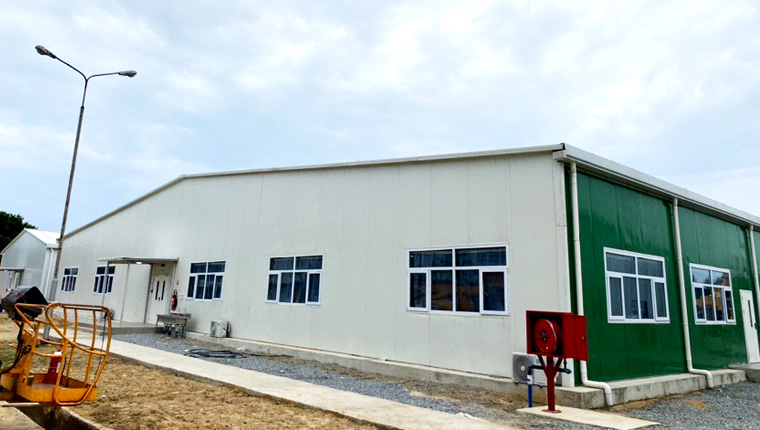
More
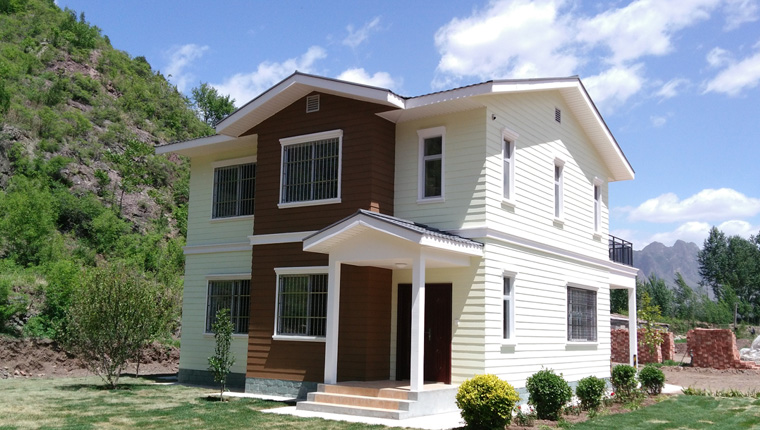
More

More
Learn More


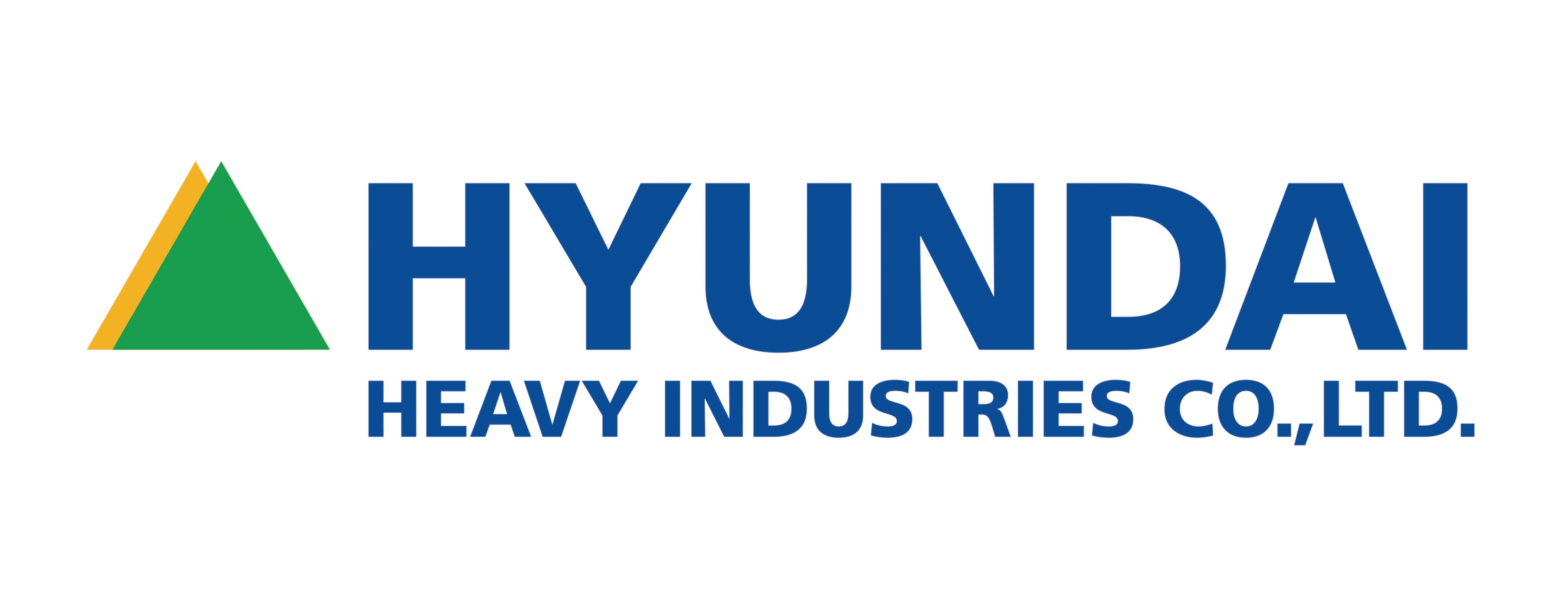
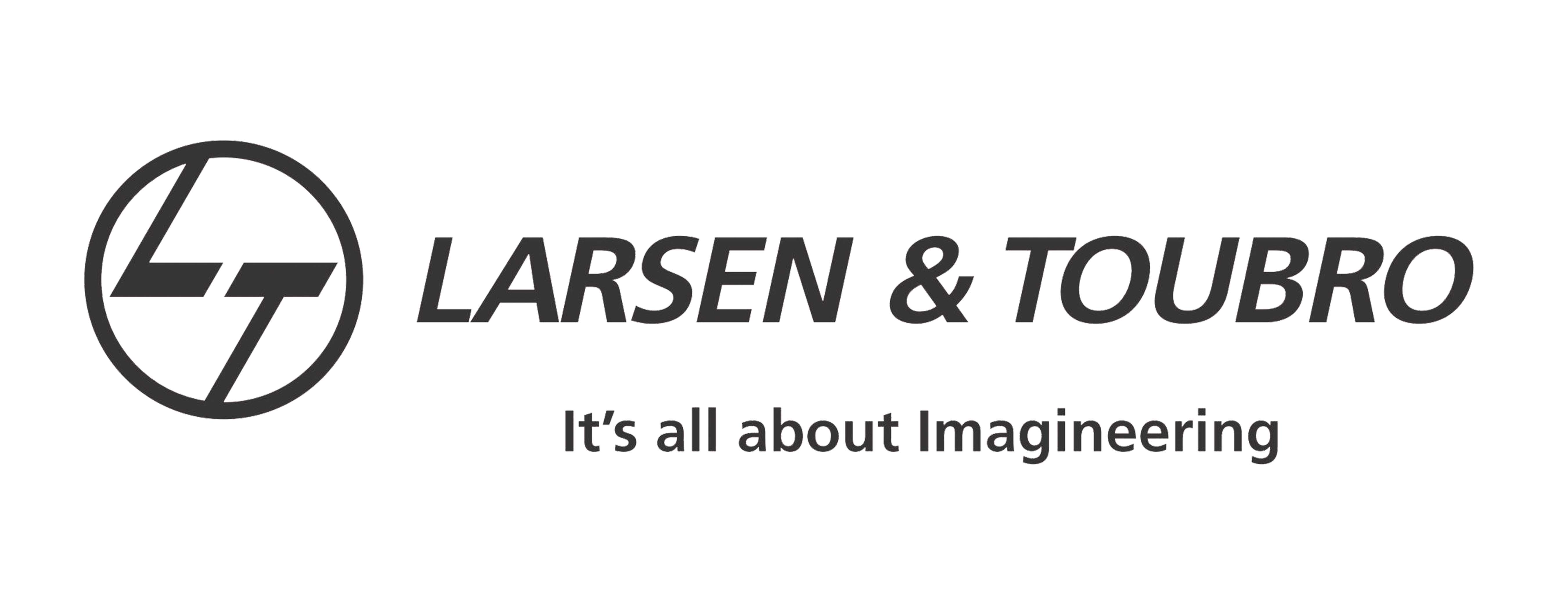





















![Top Advantages of Modular Construction Explained [2025]](/uploads/upload/images/20250424/0fb390068474145a09a8c0504c73b1d2.png)
